Migration in the spring is a race northward to their breeding grounds. The first to arrive can establish their territories in the best areas and will likely be more successful raising their offspring. But early arrival can be hazardous; if they get there too early, temperatures will be too cold and food will be scarce. Red knots are no exception as they attempt to arrive on their arctic nesting grounds immediately after ice out. For this to happen, they usually have left our area by the end of May. So the flock of seven red knots Jeff Bernier found on Norton Point on June 16 is late and may not make it to the arctic this year.
On the other hand, they could have already been there and their nest immediately failed (the season is not long enough to try again), so they bailed out of the arctic, getting a head start on their southward migration. It seems too early for this, however, as these failed nesters generally do not show up until early July. We will never know whether these birds made it to the arctic or not unless there is a satellite transmitter on one of them.
On that same trip to Norton Point, Jeff Bernier also spotted a royal tern, which is a gull-sized species more than twice the size of our common terns and has a blood-red bill. It also has a ruffled crest, so looks like it is having a bad hair day. This southern species breeds on beaches in Maryland and further south, but its northward post-breeding dispersal brings them our way every year.
My Saturday morning guided birding tour searched for migratory shorebirds along the shores of Tisbury Great Pond. The pond is low because it is open to the ocean, so its shorelines would be a good place to find these birds as they forage on the food-rich but normally submerged tidal areas. There were no shorebirds, but our highlights included a belted kingfisher and two black-crowned night-herons at the headwaters of Deep Bottom Cove. We also got good looks at numerous of our woodland songbirds.
There were no shorebirds on June 13 when I visited Long Point and the barrier beach enclosing the great pond. I presume the overall absence of shorebirds suggests that the red knots mentioned above did not get to their breeding grounds this year, perhaps because they were weakened down for some reason.
Bird Sightings
Remember the unusual sighting of a snowy owl reported in last week’s column? Kate Medeiros found and photographed it again on June 15 in a yard along the western shoreline of Katama Bay. It’s mostly white plumage and smallish size (for a snowy owl) suggests that this is an adult male. How much longer will it stay around?
Last week’s column also mentioned that the hermit thrush, veery, scarlet tanager and purple finch may have declined or disappeared as a breeding species on the Island. If you see any of these species please let me know! So far I have only had one response; Kristen Fauteaux reports spotting a scarlet tanager along the road to Cedar Tree Neck in early June.
Speaking of Cedar Tree Neck, while there on June 17 I heard a rose-breasted grosbeak singing along the white trail. They may be a species that is becoming more common as it has only been in recent years that I remember them here during the breeding season.
Michael Ditchfield woke up at 3 a.m. on the morning of June 16 because a barred owl was calling outside his bedroom window. It did not stay calling very long, perhaps moving on to some other locale.
Mourning doves will nest just about anywhere and they build really flimsy nests, so flimsy that sometimes eggs fall through the bottom of the nest! One pair even nested on the back cushion of a wicker chair on a heavily-used porch. Don Gosselin adds another unusual nest location — in an unused clam basket. The nest is quite substantial for a dove nest and contains two almost full grown squabs (chicks).
Amanda Phillips reports coming home on the evening of June 17 to find a barn owl perched on her mailbox; it stayed there for a minute as she watched, then it flew off. This species is again widespread across the Island, having recovered from the die-off during the long, cold, and snowy winter a few years back. The breeding season is in full swing, and your observations will help document their nesting.
Please report your sightings to birds@mvgazette.com.
Robert Culbert leads Saturday morning Guided Birding Tours and is an ecological consultant living in Vineyard Haven.

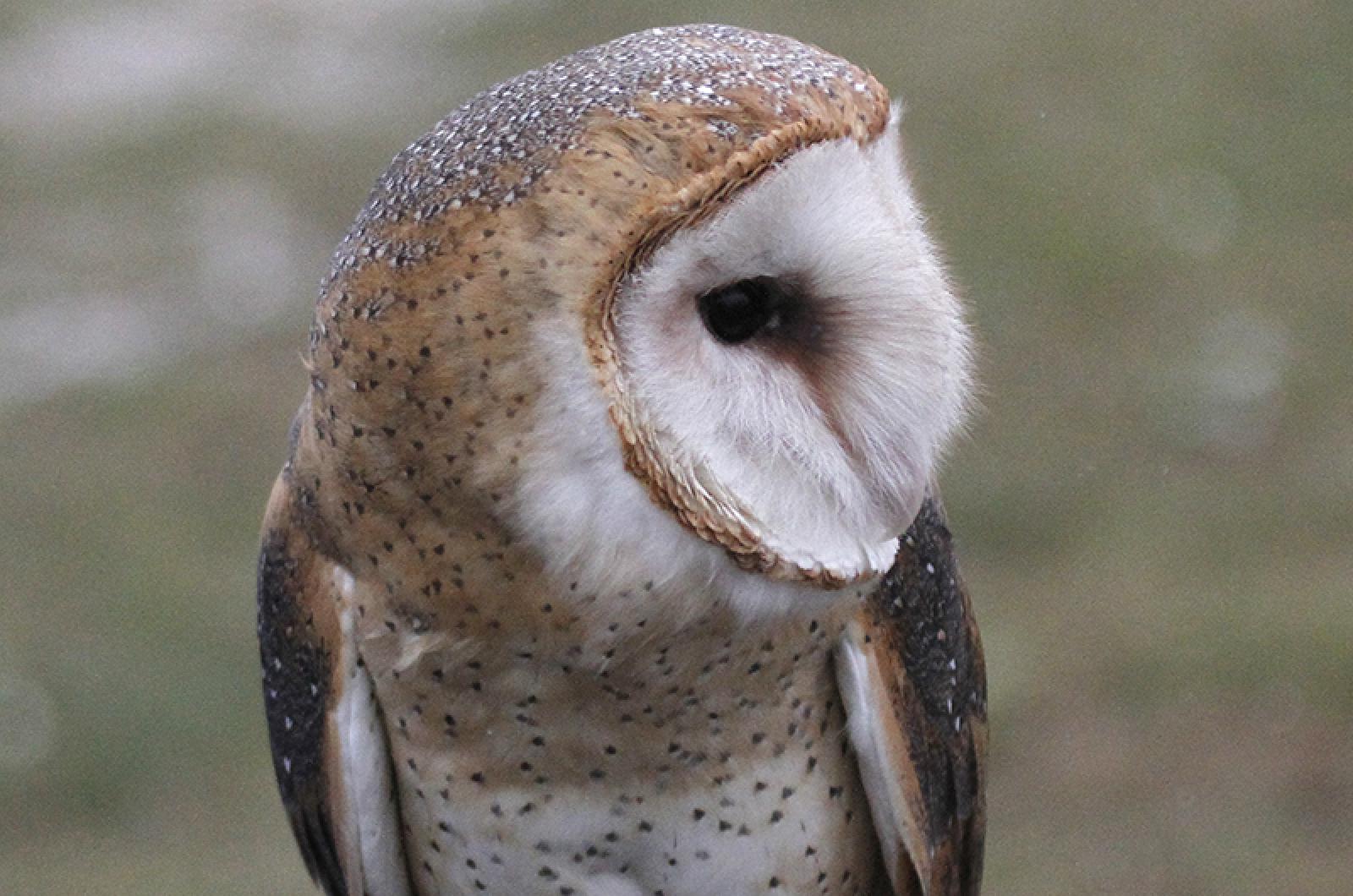
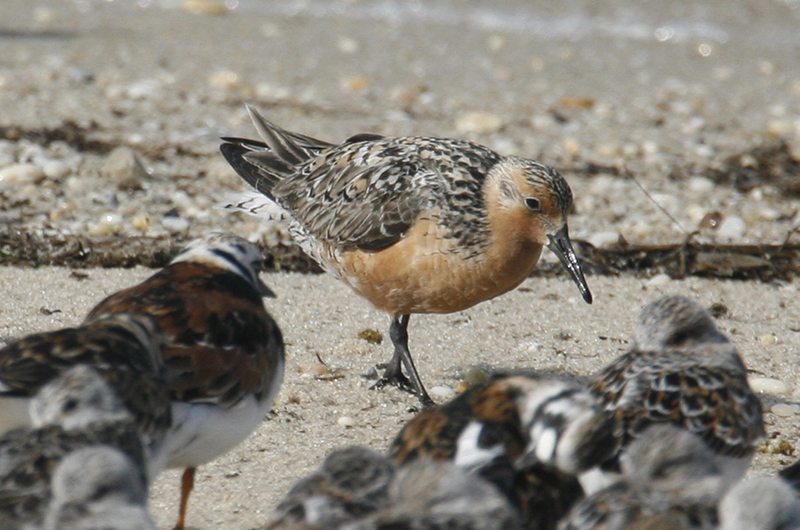
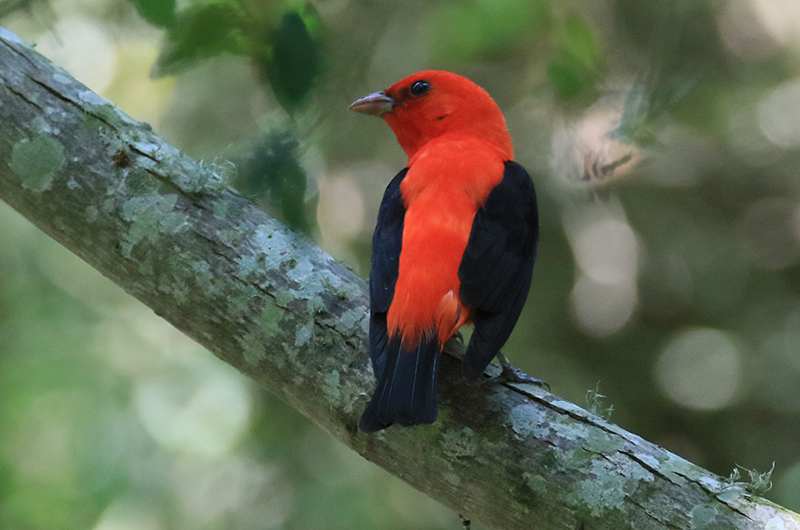
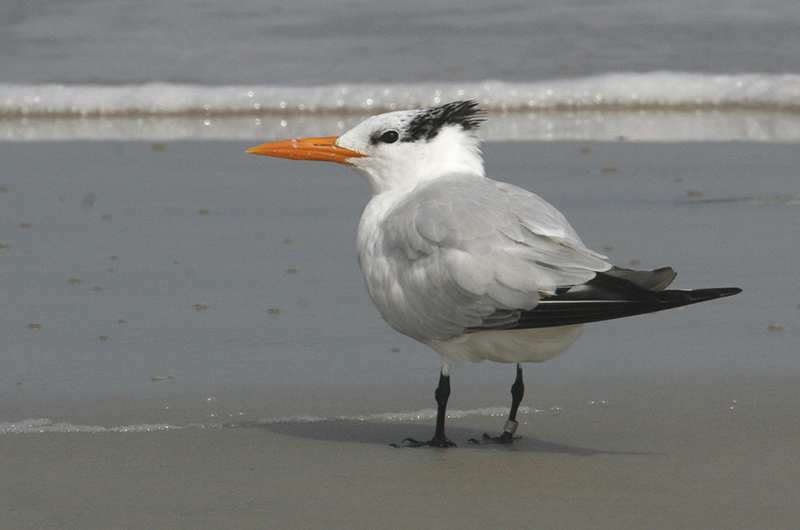
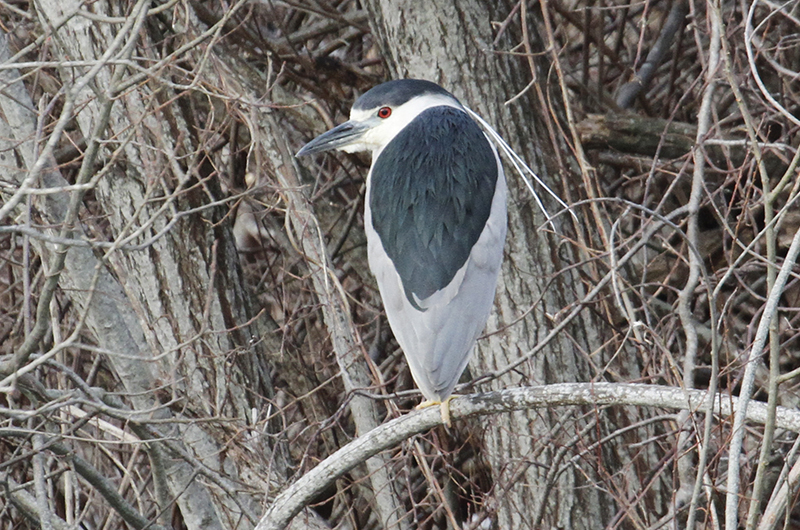


Comments
Comment policy »